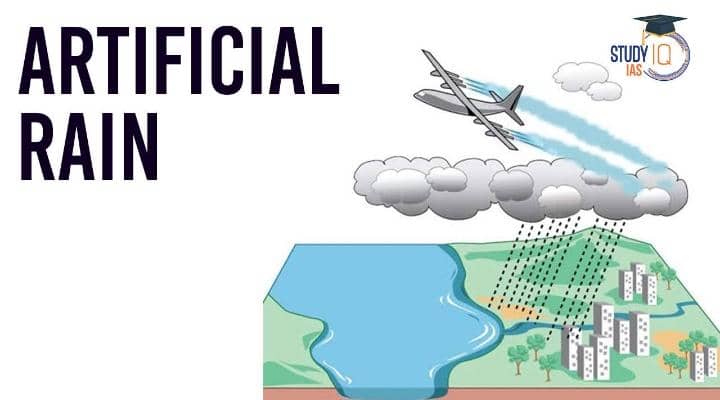How remarkable is it that mankind can influence the weather through artificial rainfall? Known as cloud seeding, this innovative technique allows us to enhance precipitation by introducing substances into the atmosphere that promote rain formation.
By understanding this process, we can appreciate how technology and science combine to address critical issues like water scarcity and drought.
The concept of cloud seeding emerged in the 1940s when scientists began experimenting with various materials to stimulate rainfall. Initially, substances like silver iodide were used to encourage moisture condensation in clouds.
Over the years, countries including the United States, China, and the UAE have adopted this technology to tackle their unique environmental challenges.
China’s extensive cloud seeding program gained international attention during the 2008 Beijing Olympics, where officials aimed to prevent rain from disrupting outdoor events.
The Chinese government has invested heavily in weather modification techniques, claiming significant increases in rainfall through systematic cloud seeding operations.
Similarly, the UAE employs cloud seeding to enhance water resources in its arid climate, using advanced technology to monitor atmospheric conditions and deploy seeding missions effectively.
Despite its potential benefits, artificial rain is not without controversy. Critics raise concerns about its environmental impact and question its overall effectiveness.
Factors such as atmospheric conditions and the type of clouds can significantly influence the success of cloud seeding efforts. Ongoing research aims to refine these techniques and evaluate their long-term ecological effects.
As we continue to explore innovative solutions for water management, artificial rain represents a fascinating intersection of science and human ingenuity.
While it may not be a panacea for global water shortages, it offers a glimpse into our ability to harness nature’s power responsibly and sustainably.

